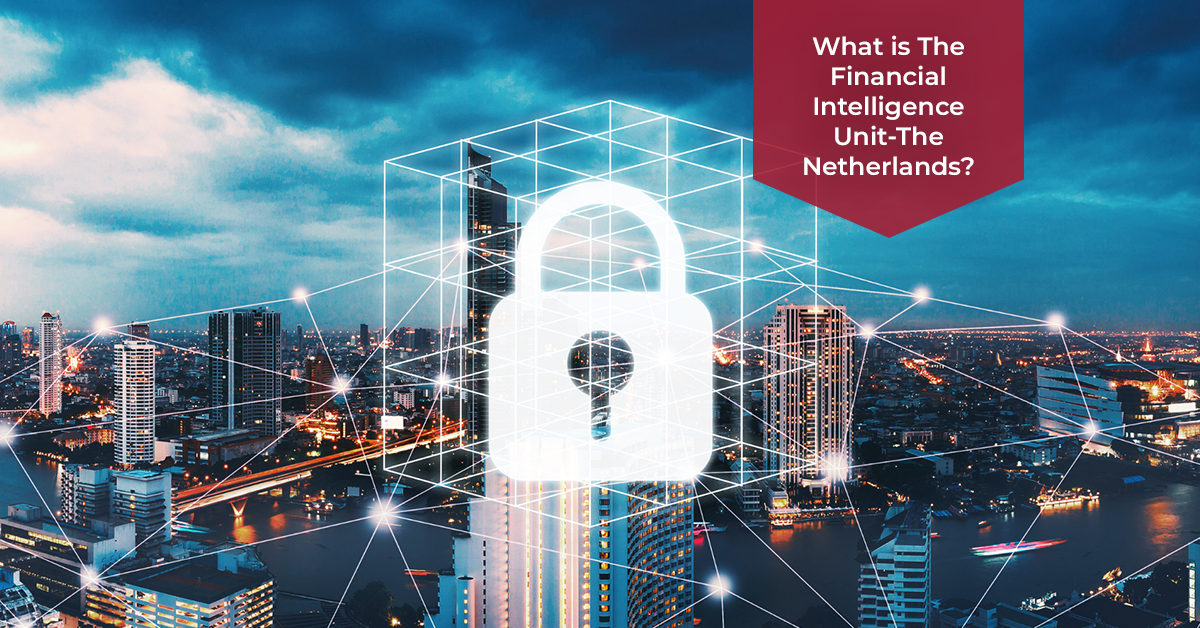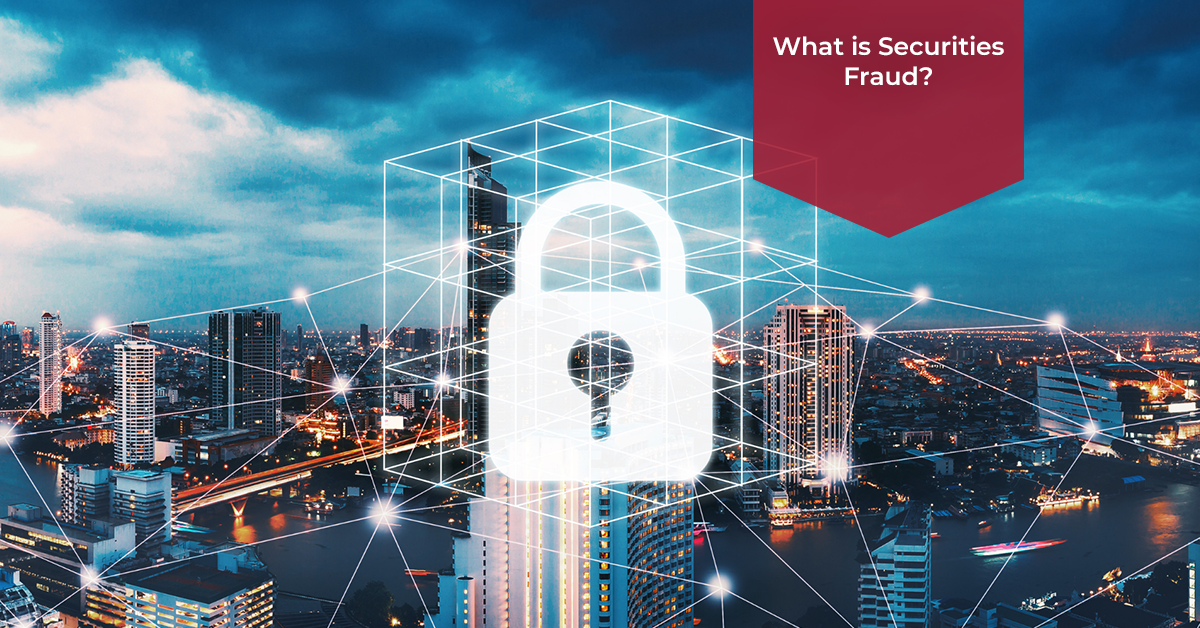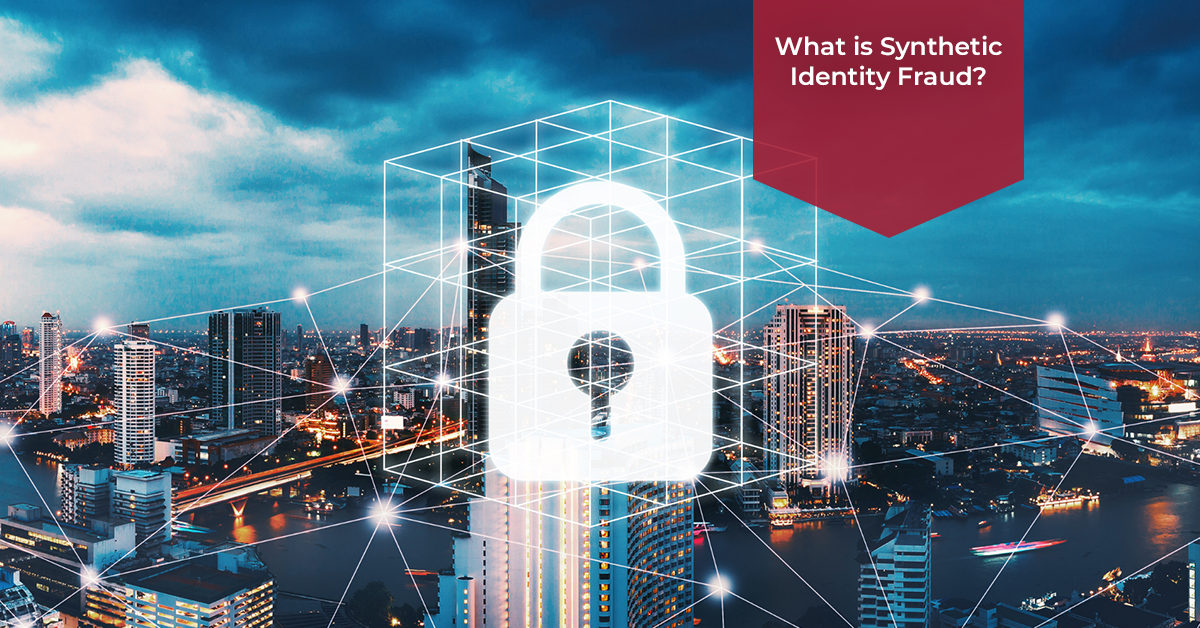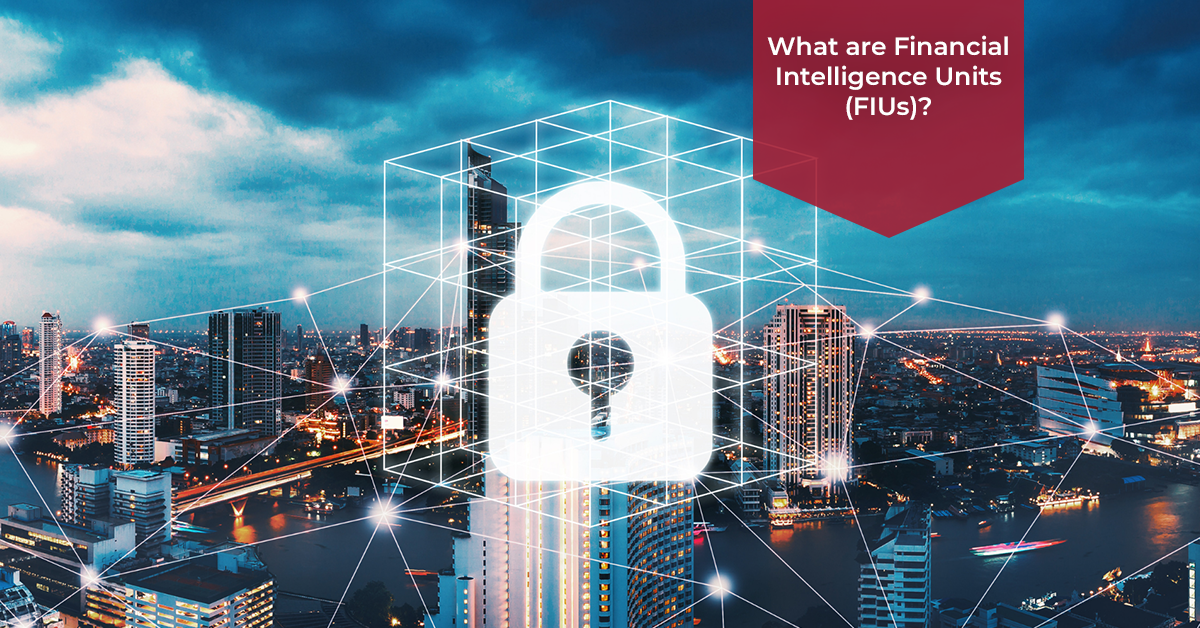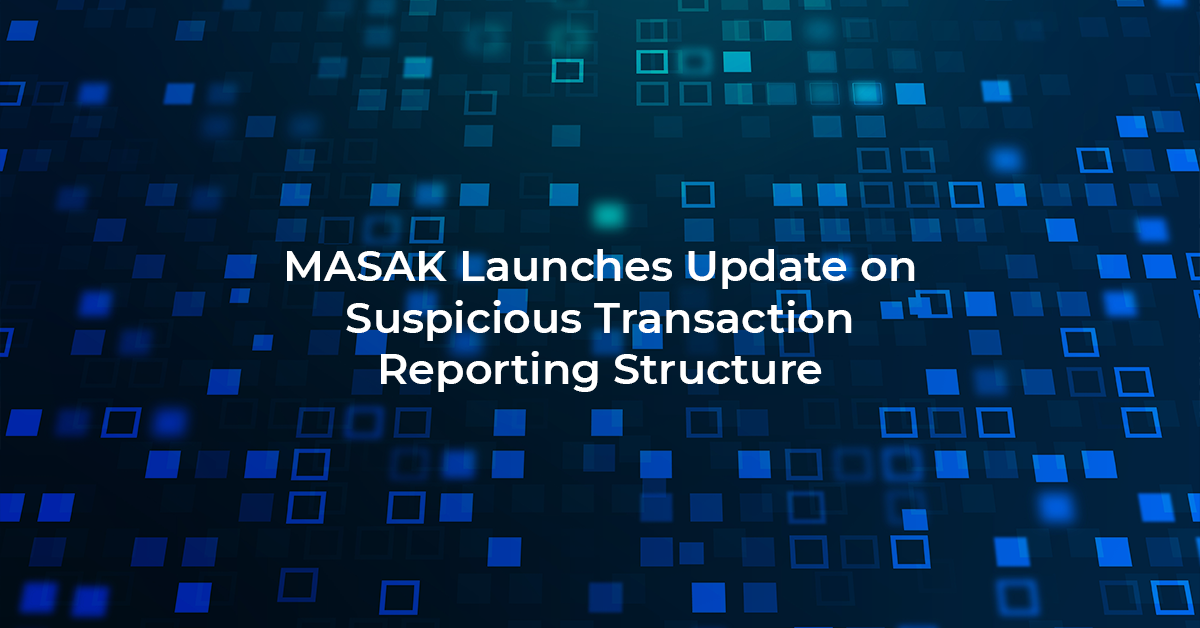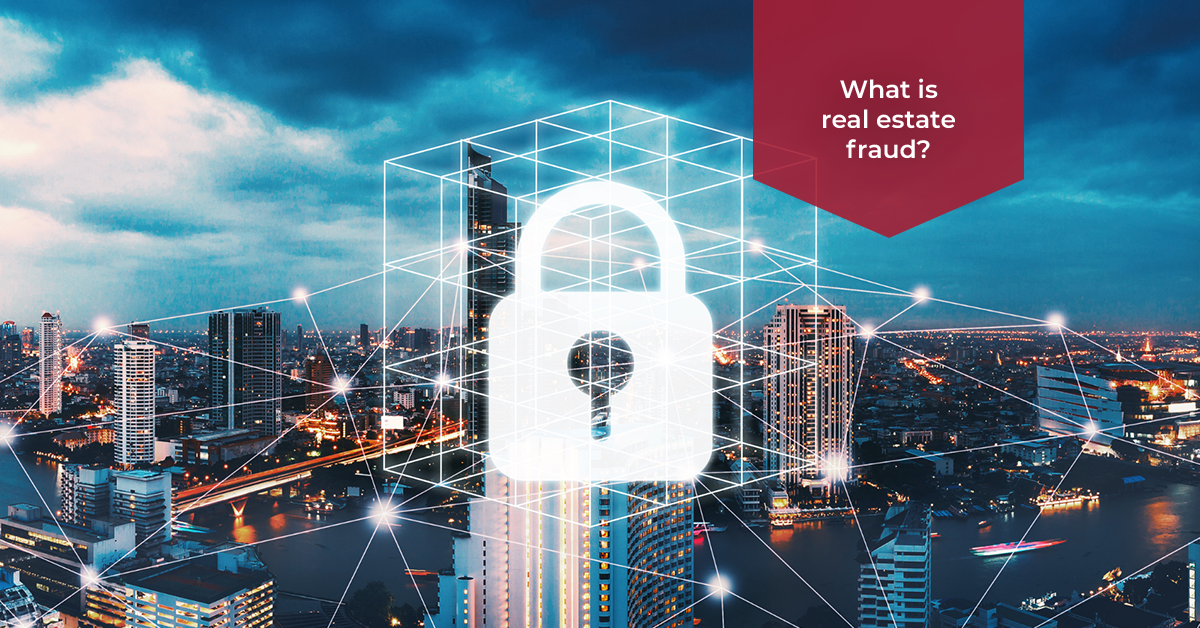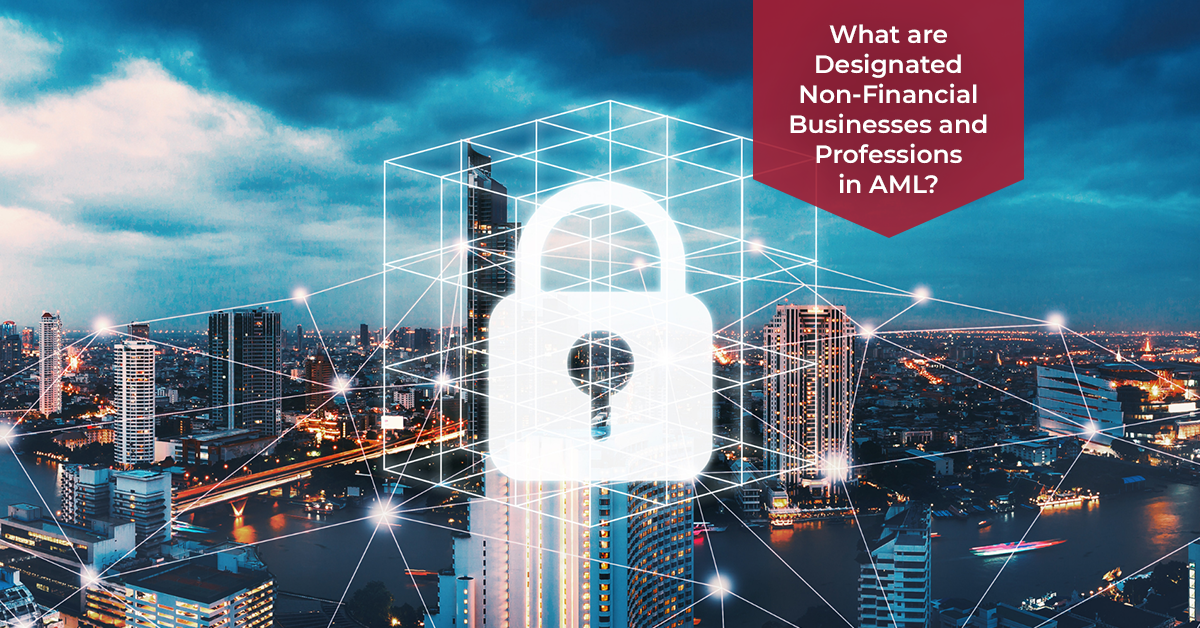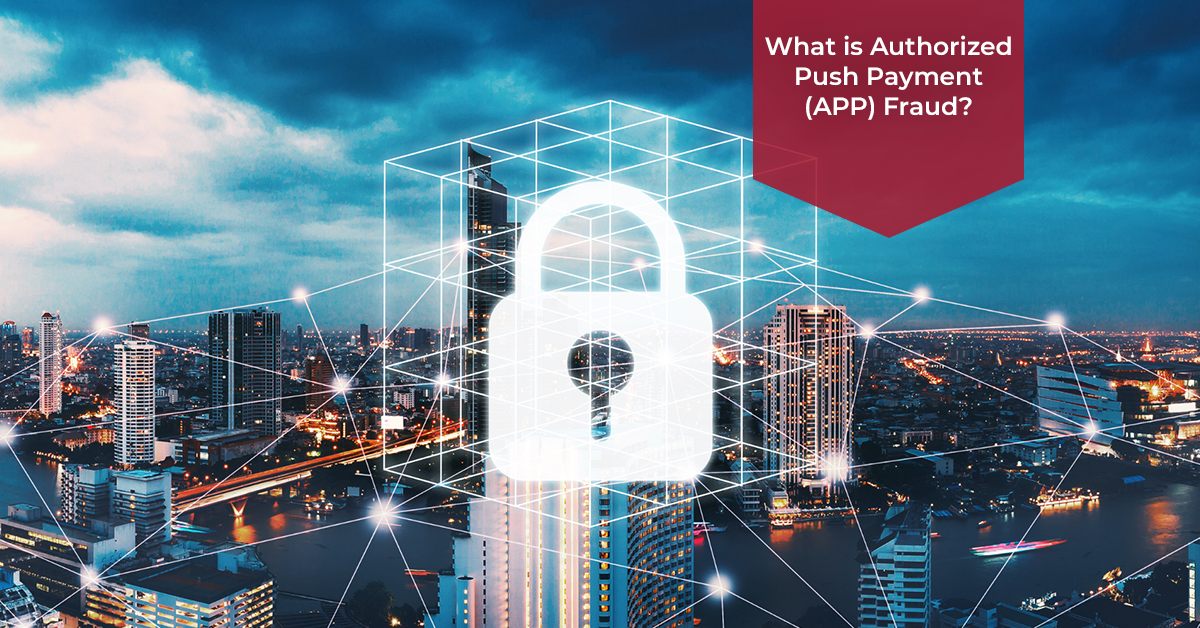What is The Financial Intelligence Unit-The Netherlands (FIU-NL)?
What is The Financial Intelligence Unit-The Netherlands (FIU-NL)? The Netherlands’ national agency that combats money laundering and financing of terrorism is called Financial Intelligence Unit – The Netherlands or FIU – NL. Created to protect the Dutch financial environment, FIU-NL receives, processes and shares financial information to involve interest law enforcement bodies. This [...]

